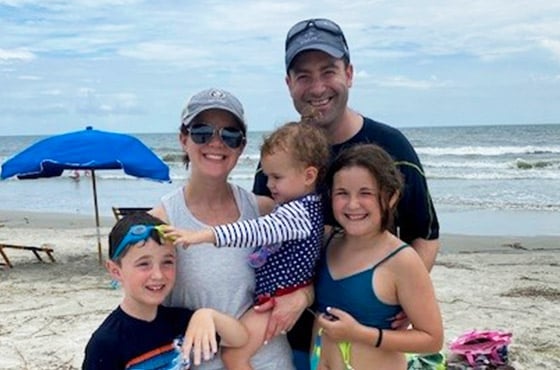
Every so often I get calls or see women who have had their tubes tied in the past and are now interested in pursuing pregnancy. Many of these patients request a tubal reversal, but although some of them can be good candidates for surgery, there are many variables that need to be evaluated before moving forward.
Tubal Reversal Process
First, while a tubal ligation is frequently performed in a matter of minutes through an outpatient laparoscopy (by a small cut at the level of the navel), a tubal reversal may require a larger “bikini” cut, which may mean a longer operative time and a hospital stay. While recovery from the tubal ligation is quick, the recovery time for the reversal is generally longer. In an effort to simplify the surgery, a tubal reversal may also be performed by laparoscopy or by the newer “Da Vinci” robotic surgery. Some limitations to these seemingly simpler procedures may be: an even longer operative time, somewhat lower success rates, and costs that may not be significantly different from the traditional “bikini-cut” technique.
Secondly, whether the tubes were cut, tied, clipped or burned, and whether this was done in one or more areas of the tubes has an impact on success. If the sterilization shortened the tube significantly, the repair may not be successful.
Evaluating your Chances of Success
Following tubal reversal, it may take a young healthy couple a few months to up to a year to conceive. However, sometimes the tubes can close again. In other cases, a tubal (ectopic) pregnancy may occur. This is a condition in which the fertilized egg implants itself in the tube. In some tubal pregnancies, the tube may rupture and there is a chance of internal bleeding.
For women in their 20s or early 30s, a tubal reversal may be appropriate, as the time it may take them to conceive is unlikely to take a toll on her reproductive capabilities. However in women over 35, waiting may not be appropriate and should be discouraged. In that case, in vitro fertilization (IVF) is a much better alternative. IVF is a faster, outpatient procedure, and the success rates per attempt are higher than those achieved monthly after a tubal reversal. Very importantly, and contrary to people’s perception, multiple pregnancies can be kept down to a minimum with IVF.
IVF is also a better alternative for young women desiring only one more child because after delivery there are no concerns about birth control.
When it comes to making a choice, every couple deserves individual evaluation according to their personal needs and desires. For that reason, a thorough consultation with a fertility specialist is best when a tubal reversal is being considered.





